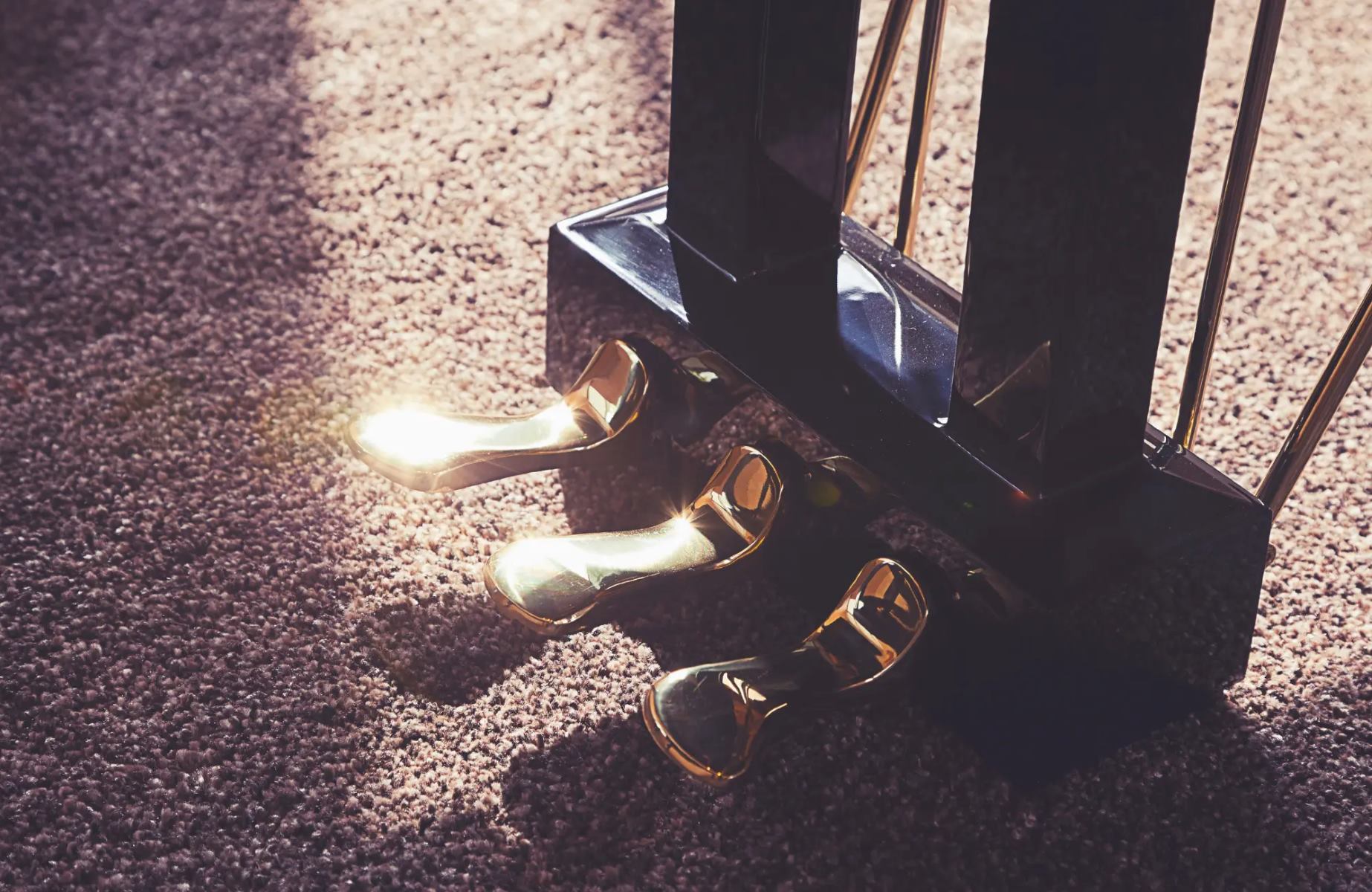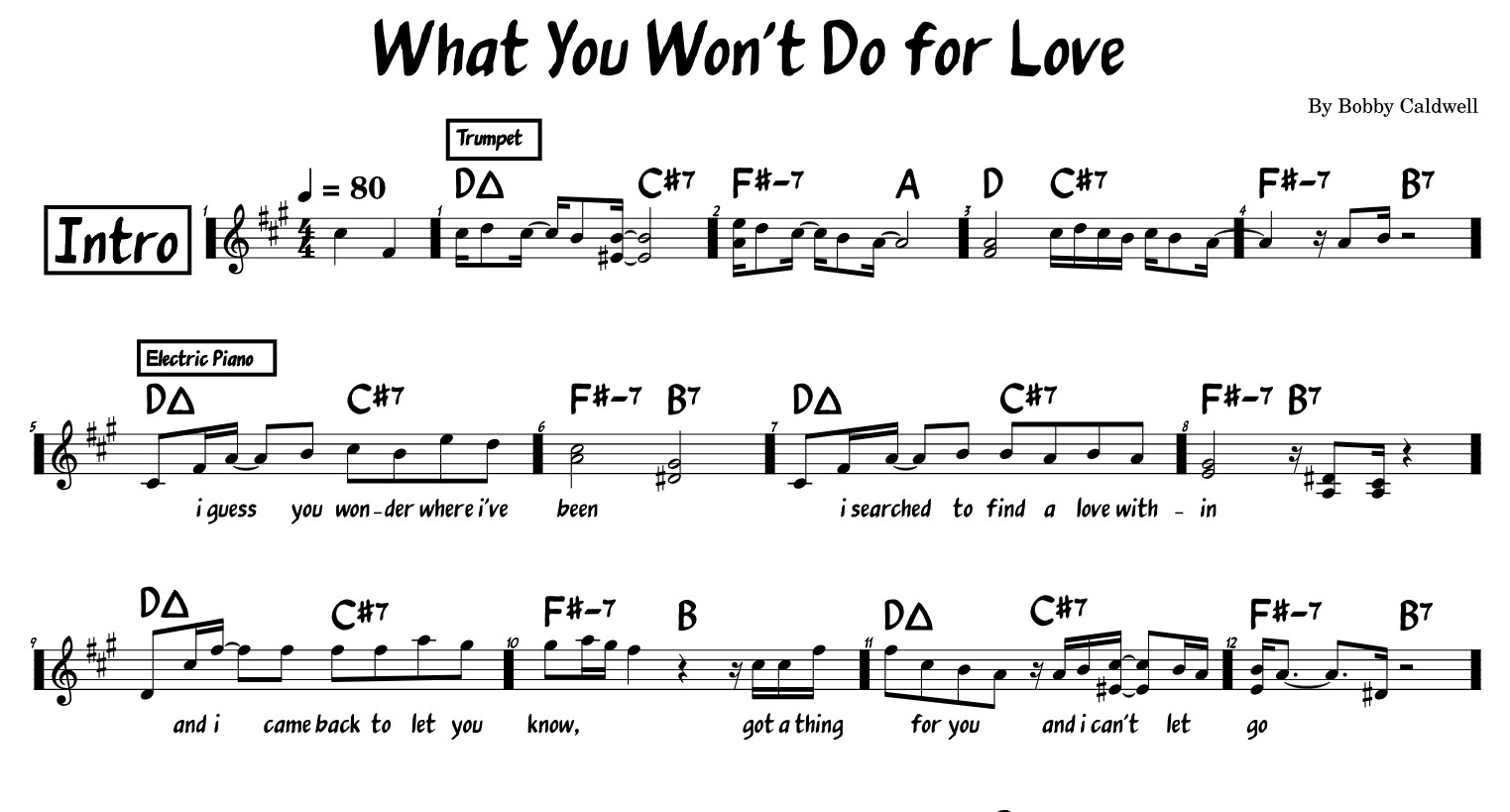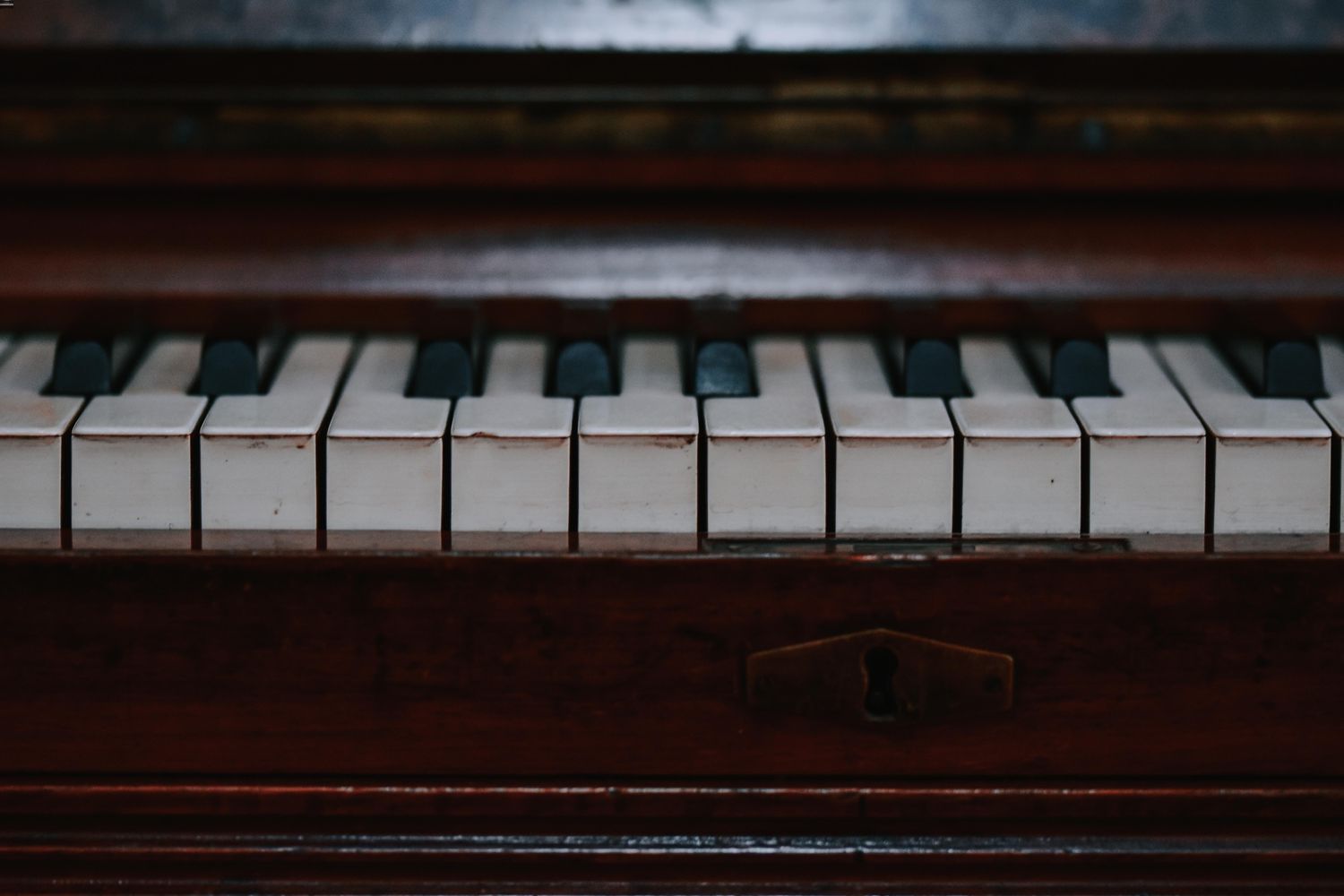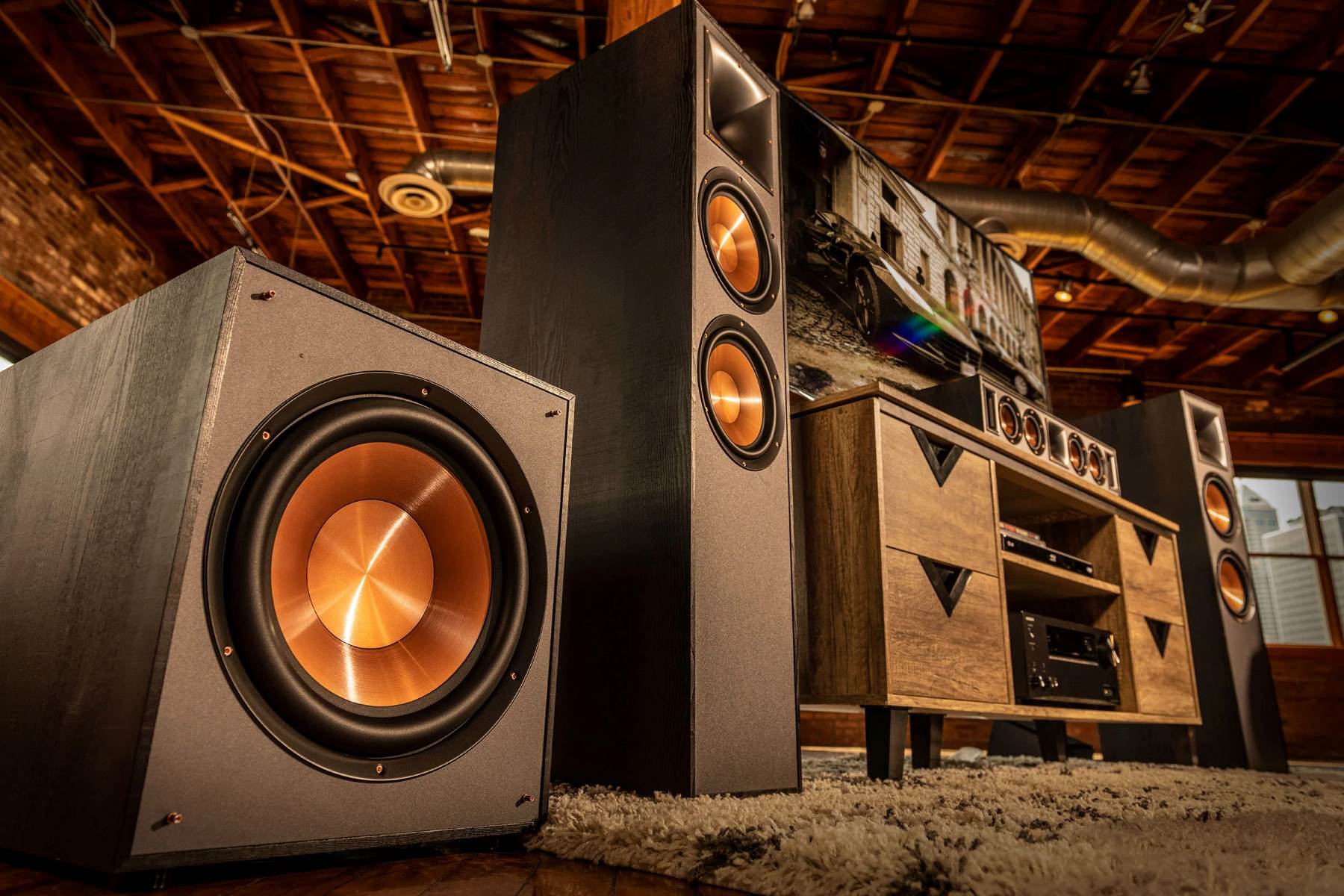Home>Instruments>Piano>How Do You Move A Piano
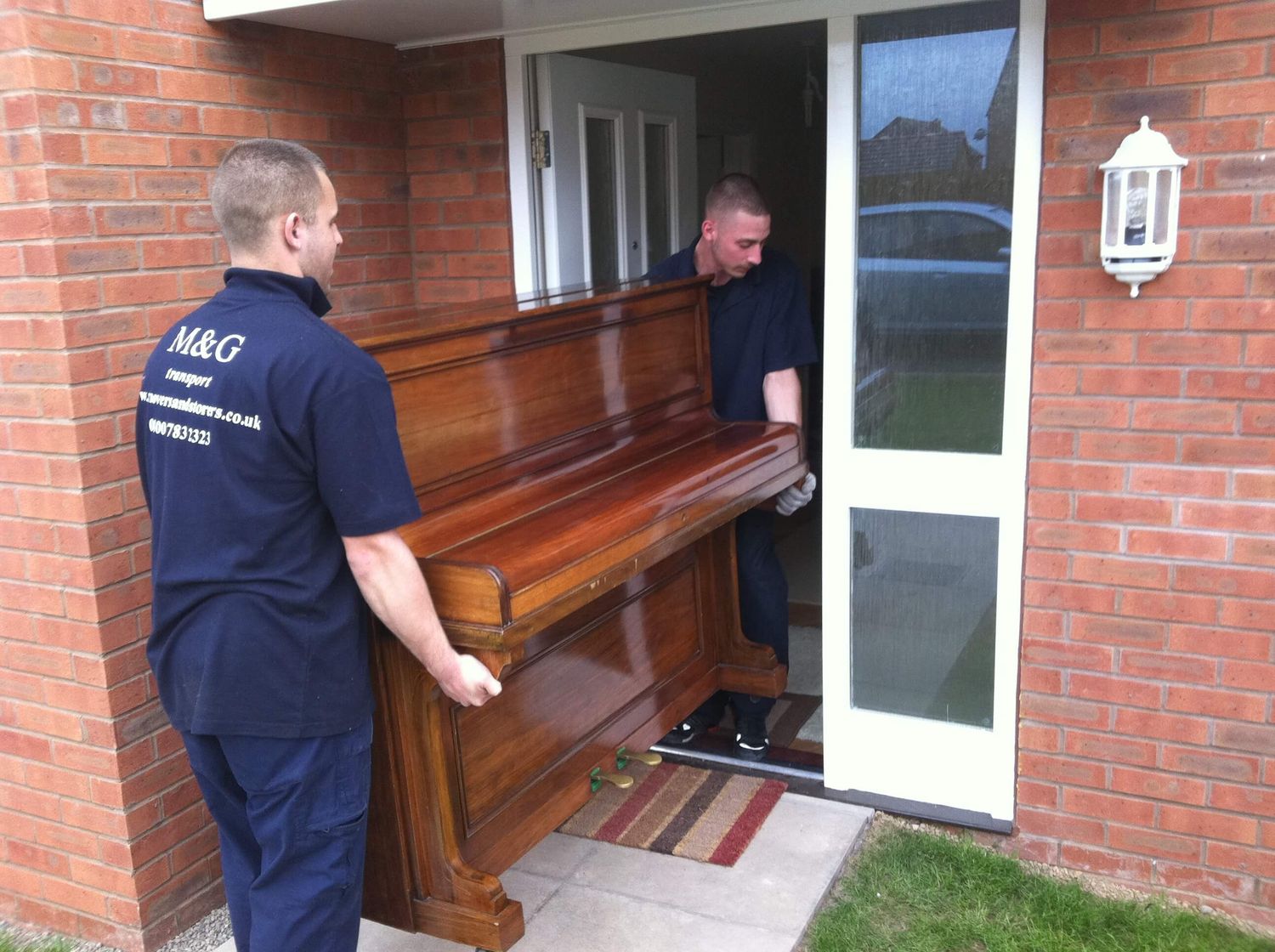

Piano
How Do You Move A Piano
Published: February 10, 2024
Learn the best tips for moving a piano safely and efficiently. Discover expert advice and avoid common mistakes when relocating your piano.
(Many of the links in this article redirect to a specific reviewed product. Your purchase of these products through affiliate links helps to generate commission for AudioLover.com, at no extra cost. Learn more)
Table of Contents
Introduction
Moving a piano can be a daunting task, but with the right knowledge and preparation, it can be done safely and efficiently. Whether you are relocating to a new home or rearranging your current space, knowing how to move a piano is essential to prevent damage to the instrument and ensure the safety of everyone involved.
Pianos are not only heavy but also delicate instruments, requiring careful handling to avoid potential damage. It's crucial to approach the task with a well-thought-out plan and the necessary equipment to execute the move successfully. In this comprehensive guide, we will explore the step-by-step process of moving a piano, from assessing the situation and gathering the right equipment to enlisting help and protecting the piano during the move. Additionally, we will discuss the crucial steps involved in moving the piano and setting it up in its new location.
Whether you're a professional piano mover or simply need to relocate your beloved instrument within your home, this guide will equip you with the knowledge and confidence to tackle the task with precision and care. By following these guidelines, you can ensure that your piano arrives at its new location unscathed, ready to fill the air with beautiful music once again.
Assessing the Situation
Before embarking on the task of moving a piano, it’s crucial to thoroughly assess the situation to determine the best approach for a safe and successful move. Start by evaluating the layout of the space and identifying any potential obstacles or challenges that may arise during the move. Measure the dimensions of doorways, hallways, and staircases to ensure that the piano can be maneuvered through these areas without difficulty.
Consider the type of piano you are dealing with, as different styles and sizes of pianos require different handling techniques. Grand pianos, for example, are significantly larger and heavier than upright pianos, necessitating additional manpower and specialized equipment for the move. Additionally, assess the path from the current location of the piano to its intended destination, taking note of any tight corners, uneven surfaces, or other factors that may impact the moving process.
Assessing the weight of the piano is also crucial, as it will determine the type of equipment needed for the move. A standard upright piano can weigh between 300 to 500 pounds, while a grand piano can weigh anywhere from 500 to 1,300 pounds or more. Understanding the weight of the piano will help in determining the appropriate lifting and transportation methods.
Finally, take into account any potential risks to the piano itself. Are there valuable or delicate decorations on the piano that need to be secured? Is the piano in need of tuning or repairs? By thoroughly assessing the situation and taking note of these details, you can develop a clear plan of action and address any potential challenges before they become obstacles during the move.
By carefully evaluating the logistics and unique characteristics of the piano and its surroundings, you can lay the groundwork for a smooth and efficient moving process, setting the stage for a successful piano relocation.
Gathering the Right Equipment
When it comes to moving a piano, having the appropriate equipment is essential to ensure the safety of the instrument and the individuals involved in the move. The following are some of the key pieces of equipment required for a successful piano relocation:
- Piano Dolly: A piano dolly is a specialized four-wheeled dolly designed to transport heavy objects such as pianos. It typically features straps or belts to secure the piano during transport and large, sturdy wheels to navigate various surfaces.
- Furniture Straps: Heavy-duty furniture straps are essential for securing the piano to the dolly and preventing it from shifting during transport. These straps should be adjustable and capable of supporting the weight of the piano.
- Piano Skid Board: For grand pianos, a piano skid board is indispensable. This long, narrow board is placed underneath the piano and used in conjunction with the dolly to slide the piano across flat surfaces with minimal friction.
- Furniture Blankets: Thick, durable furniture blankets provide crucial protection for the piano during the move. They shield the instrument from scratches, dents, and other damage that may occur during transport.
- Lifting Straps: Lifting straps, such as shoulder dolly straps, are designed to distribute the weight of heavy objects more evenly, reducing the strain on the movers’ backs and allowing for safer and more controlled lifting.
- Protective Gloves: Sturdy, non-slip gloves offer added grip and protection for the movers, especially when handling heavy and bulky items like pianos. They help prevent accidents and ensure a secure grip on the instrument.
- Tools: Basic tools such as screwdrivers and adjustable wrenches may be needed to disassemble and reassemble parts of the piano, such as the legs or pedals, depending on the specific model.
By ensuring that the appropriate equipment is readily available, you can significantly reduce the risk of damage to the piano and facilitate a smoother and more secure moving process. Additionally, having the right tools at your disposal instills confidence and peace of mind, allowing you to focus on the task at hand and execute the move with precision and care.
Enlisting Help
When it comes to moving a piano, enlisting the help of capable individuals is crucial for a safe and successful relocation. Due to the size, weight, and delicate nature of pianos, attempting to move one alone can be not only challenging but also risky. Whether you are relocating the piano within your home or to a new location, assembling a competent team to assist with the move is essential.
Consider enlisting the help of friends or family members who are physically capable and reliable. Ideally, individuals with prior experience in moving heavy objects or, better yet, moving pianos, can offer valuable insight and expertise during the process. Their familiarity with the intricacies of piano relocation can contribute to a more efficient and secure move.
Professional piano movers are another option to consider, especially when dealing with larger or more complex piano moves. These experts possess the knowledge, experience, and specialized equipment necessary to handle pianos with the utmost care and precision. Their expertise can be particularly valuable when navigating challenging spaces, such as tight staircases or narrow hallways.
Communication and coordination are key when enlisting help for a piano move. Clearly communicate the details of the move to your team, including the logistics, potential challenges, and safety considerations. Establish a plan for the move, assigning specific roles and responsibilities to each team member to ensure a cohesive and organized effort.
By enlisting the right help, you can mitigate the physical strain and logistical complexities of moving a piano, fostering a collaborative and supportive environment that prioritizes the safety of the instrument and everyone involved. Whether you rely on trusted individuals or professional movers, the collective effort and expertise of your team can make the piano relocation process more manageable and successful.
Protecting the Piano
Ensuring the safety and integrity of the piano during the moving process requires meticulous attention to protective measures. From shielding the instrument against physical damage to safeguarding its internal components, taking steps to protect the piano is essential for a successful relocation.
One of the primary protective measures is to carefully wrap the piano in thick, durable furniture blankets. These blankets provide a cushioning barrier against bumps, scratches, and minor impacts that may occur during transport. Securely fasten the blankets around the piano using heavy-duty furniture straps to prevent shifting and ensure comprehensive coverage.
For grand pianos, utilizing a piano skid board in conjunction with the dolly is crucial for safeguarding the instrument’s underside and delicate legs during the move. The smooth, low-friction surface of the skid board minimizes the risk of scratches and abrasions, preserving the aesthetic appeal of the piano.
Protecting the piano from environmental elements is also important, especially if the move involves outdoor transport or storage. Shield the instrument from direct sunlight, moisture, and extreme temperatures that could potentially compromise its structural integrity and finish. Additionally, take precautions to avoid exposing the piano to dust, dirt, or other debris that may infiltrate its internal mechanisms.
Throughout the moving process, prioritize gentle and deliberate handling to prevent undue stress on the piano’s delicate internal components, such as the strings, hammers, and action mechanism. Avoid sudden movements, impacts, or jostling that could disrupt the instrument’s intricate and precisely calibrated elements.
By implementing comprehensive protective measures, you can minimize the risk of damage to the piano and preserve its pristine condition throughout the move. These precautions not only safeguard the physical appearance of the instrument but also contribute to maintaining its tonal quality and performance, ensuring that the piano emerges from the relocation unscathed and ready to resonate with beautiful music once more.
Moving the Piano
As you prepare to move the piano, it’s essential to approach the task with precision, caution, and a clear plan of action. The following steps outline the process of safely moving a piano to its new location:
- Clear the Path: Before attempting to move the piano, clear the pathways and doorways along the intended route. Remove any obstacles, such as furniture or rugs, that could impede the movement of the piano.
- Secure the Piano: Ensure that the piano lid is securely closed and locked, if possible, to prevent it from unexpectedly opening during the move. Additionally, fasten the furniture blankets around the piano and secure them with heavy-duty straps to provide protective cushioning.
- Position the Dolly: With the assistance of your team, carefully position the piano dolly adjacent to the piano, ensuring that it is stable and aligned for the subsequent lifting and maneuvering.
- Lift and Load: Using proper lifting techniques and coordinating with your team, carefully lift the piano onto the dolly, ensuring that it is balanced and securely positioned. Exercise caution and communicate effectively to maintain control and stability during this critical phase.
- Maneuver and Navigate: With the piano securely loaded onto the dolly, begin maneuvering it along the predetermined route to its new location. Exercise patience and caution, especially when navigating corners, stairs, or uneven surfaces. Ensure that the piano remains stable and well-supported throughout the movement.
- Unload and Position: Upon reaching the destination, carefully unload the piano from the dolly, ensuring a controlled and stable descent. Position the piano in its designated location, taking care to align it accurately and make any necessary adjustments to its placement.
Throughout the entire moving process, clear communication, coordination, and a focus on safety are paramount. Encourage your team to work together harmoniously, maintaining a steady pace and exercising caution to prevent accidents or damage to the piano.
For grand pianos, the process may involve additional considerations, such as carefully disassembling and reassembling certain components to facilitate the move. It’s essential to approach these tasks with care and precision, ensuring that the piano is handled and positioned correctly to maintain its structural integrity and performance.
By following these steps and prioritizing careful handling and teamwork, you can navigate the process of moving a piano with confidence and ensure that the instrument arrives at its new location unharmed and ready to fill its surroundings with beautiful music once again.
Setting Up the Piano in the New Location
Once the piano has been safely transported to its new location, the process of setting it up requires attention to detail and care to ensure that the instrument is positioned and prepared for optimal performance. The following steps outline the essential considerations for setting up the piano in its new environment:
- Placement and Positioning: Select an appropriate location for the piano, taking into account factors such as room acoustics, temperature, and humidity. Position the piano away from direct sunlight, drafts, and sources of moisture to maintain its stability and tonal integrity.
- Leveling and Stabilizing: Ensure that the piano is positioned on a level surface to prevent uneven stress on its internal components. Use a level to confirm that the instrument is stable and adjust its position as needed to achieve proper balance.
- Tuning and Regulation: Following the move, the piano may require tuning to restore its optimal pitch and tonal quality. Additionally, a professional piano technician can perform regulation adjustments to ensure that the instrument’s action and responsiveness are finely calibrated.
- Environmental Considerations: Monitor the new location for environmental factors that may impact the piano, such as temperature fluctuations and humidity levels. Implement measures to maintain a stable and suitable environment for the instrument, such as using a piano dehumidifier or humidifier as needed.
- Acclimatization Period: Allow the piano to acclimate to its new surroundings before expecting consistent performance. This acclimatization period allows the instrument to adjust to any environmental changes and ensures that it can deliver its best sound quality.
Throughout the process of setting up the piano in its new location, it’s important to prioritize the instrument’s well-being and performance. By carefully attending to its placement, stability, and environmental conditions, you can create an optimal setting for the piano to thrive and resonate with its characteristic beauty and richness of sound.
Professional guidance from a piano technician or tuner can be invaluable during this phase, providing expertise in optimizing the instrument’s performance and addressing any post-move adjustments or maintenance needs. With attention to these essential steps, the piano can seamlessly integrate into its new environment, ready to inspire and enchant with its timeless melodies.
Conclusion
Moving a piano is a task that demands careful planning, attention to detail, and a deep respect for the instrument’s craftsmanship and artistry. By following the comprehensive steps outlined in this guide, individuals can navigate the process of moving a piano with confidence and precision, ensuring the safety of the instrument and the satisfaction of a successful relocation.
From the initial assessment of the situation and the gathering of the necessary equipment to enlisting capable assistance and protecting the piano throughout the move, each phase of the process contributes to the overall success of the relocation. The careful consideration of environmental factors and the meticulous attention to setting up the piano in its new location further demonstrate the dedication to preserving the instrument’s integrity and performance.
Whether it’s a cherished family heirloom, a professional musician’s prized instrument, or a beloved centerpiece in a home, a piano holds a special place in the hearts of many. By approaching the task of moving a piano with care, respect, and a commitment to excellence, individuals can ensure that the instrument continues to enrich lives and spaces with its timeless beauty and captivating music.
Ultimately, the successful relocation of a piano is a testament to the harmonious collaboration of individuals working in concert to preserve and honor an instrument that holds a profound significance in the world of music and beyond. By embracing the guidance and insights provided in this guide, individuals can embark on the journey of moving a piano with the assurance that they are safeguarding a treasured piece of artistry and craftsmanship, ensuring that it continues to resonate with the magic of music for years to come.

